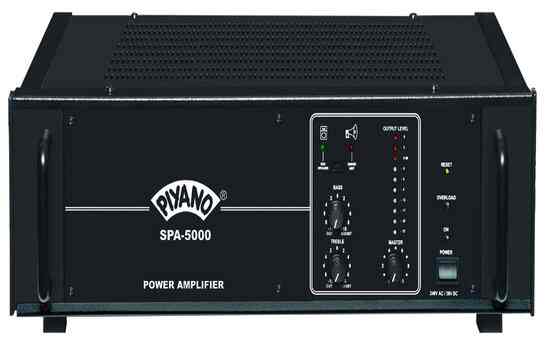

This is therefore also known as the −3 dB bandwidth. Therefore, bandwidth can be defined as the difference between the lower and upper half power points. frequency where the power goes down by half its peak value) on the output vs. However, a common and well-accepted metric is the half-power points (i.e.

The definition of "satisfactory performance" may be different for different applications. The bandwidth of an amplifier is the range of frequencies for which the amplifier gives "satisfactory performance".

If two equivalent amplifiers are being compared, the amplifier with higher gain settings would be more sensitive as it would take less input signal to produce a given amount of power. The use of voltage gain figure is appropriate when the amplifier's input impedance is much higher than the source impedance, and the load impedance higher than the amplifier's output impedance. For example, an audio amplifier with a gain given as 20 dB will have a voltage gain of ten. RF amplifiers are often specified in terms of the maximum power gain obtainable, while the voltage gain of audio amplifiers and instrumentation amplifiers will be more often specified. When measured in decibels it is logarithmically related to the power ratio: G(dB)=10 log( P out / P in). The gain of an amplifier is the ratio of output to input power or amplitude, and is usually measured in decibels.


 0 kommentar(er)
0 kommentar(er)
